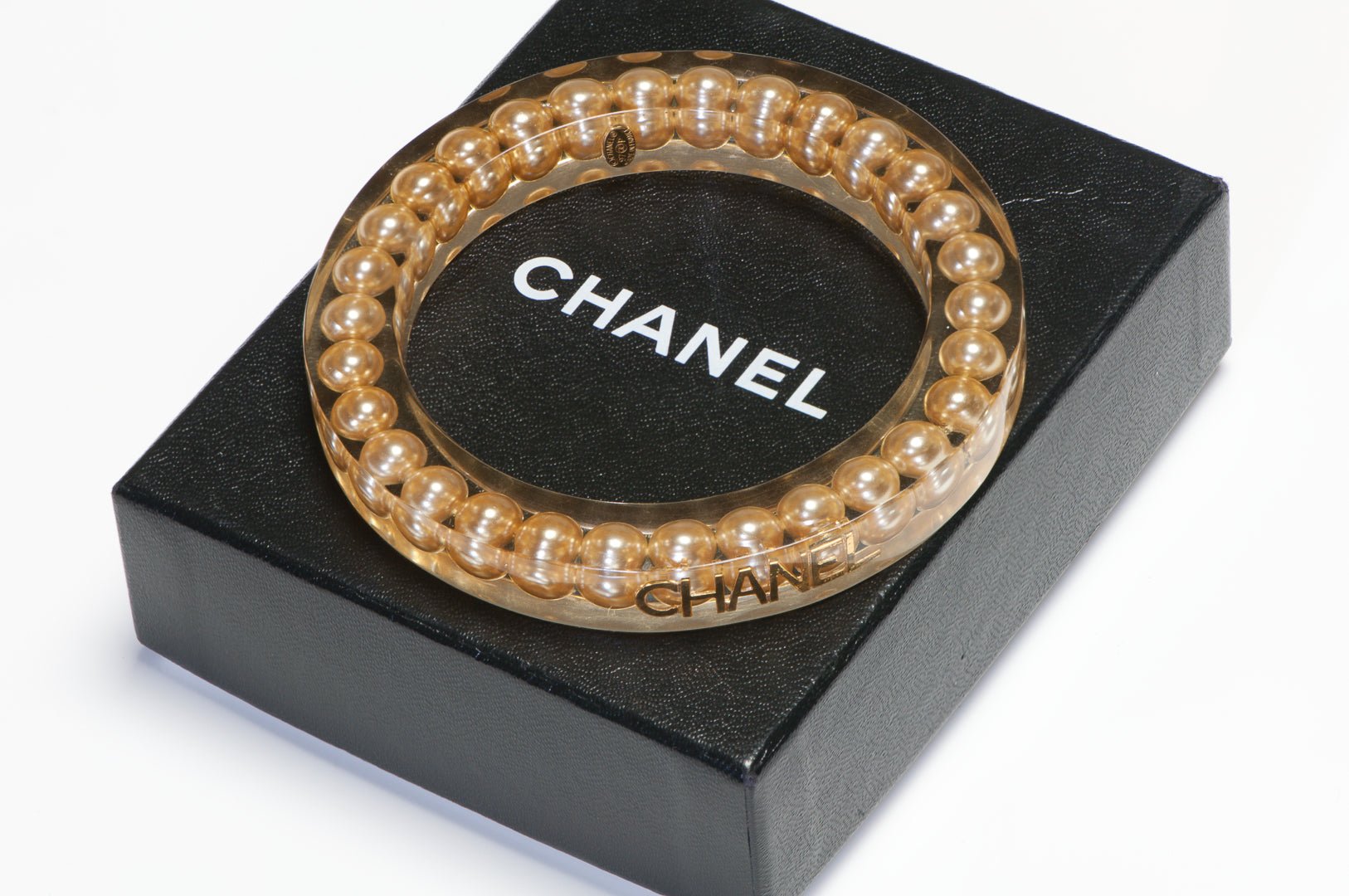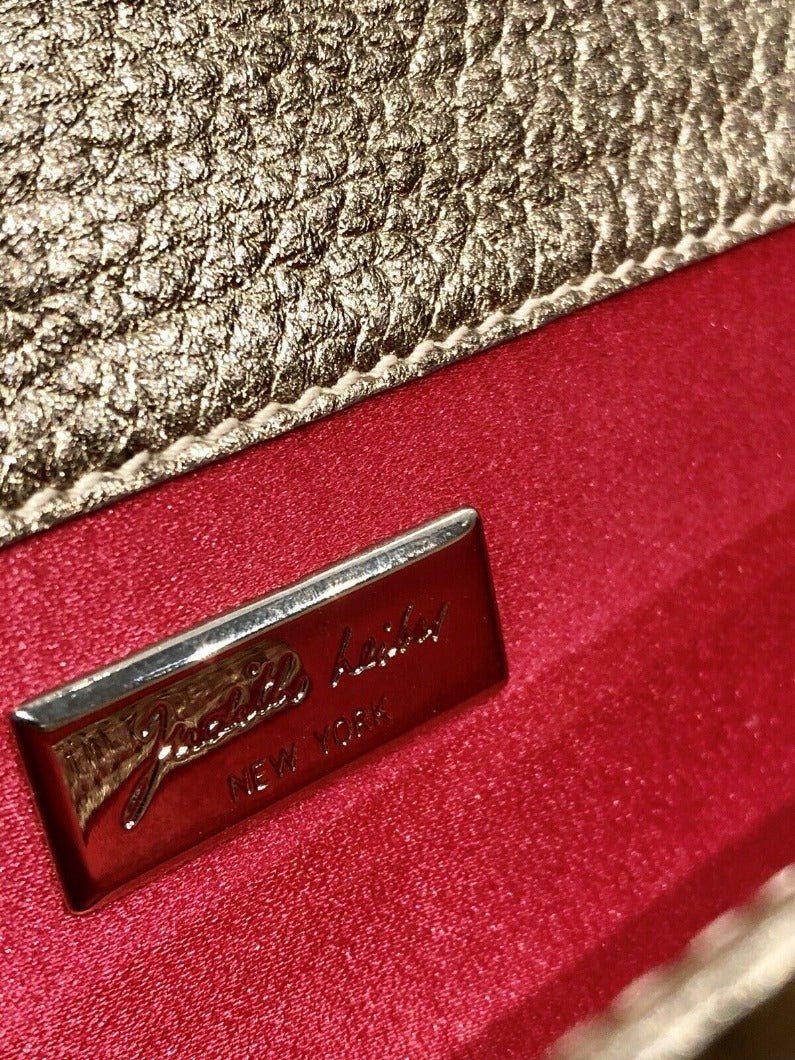Famous Jewelry: The Exuberant 3000 Diamond Necklace of Maharaja of Patiala
The exquisite diamond necklace of the Maharaja of Patiala, Sir Bhupinder Singh, is one of the most refined and famous jewelry pieces in the world.
Let us explore the history of the creation, disappearance, and restoration of this spectacular jewel that has almost 3,000 diamonds.
The last memory of the original necklace created in 1928, a true symbol of power and luxury, is a black and white photograph in which the Maharaja of Patiala exhibits with his majestic jewelry piece.
The History of the Diamond Necklace
The history of this jewel begins in 1888, when a 428.5-carat diamond was discovered in South America, the largest diamond ever found in the world. After cutting the rough stone, about 200 carats were lost, leaving behind the facet a beautiful 234.69-carat diamond, named "De Beers".
The huge diamond was presented at the Universal Exposition in 1889 where he was bought by Rajendra Singh, Maharaja of Patiala and Hindu prince of the great Punjab state of northern India.
In 1925, Rajendra's son, Bhupinder Singh, a man absorbed in spirituality for whom nothing seemed extremely beautiful and spectacular, turned to the Cartier house with the desire to mount the "De Beers" diamond in an extravagant gala necklace.
After three years of hard work, the Parisian House hands the owner a cascade of 2,930 diamonds, totaling 962.25 carats, whose beauty is underlined by two Burmese rubies also mounted in this ensemble.
This spectacular work of art, completed in 1928, was the subject of an unprecedented exhibition in the windows of the prestigious Parisian house Cartier.
The Mesmerizing Necklace Reappears
In 2003, after 75 years, the fabulous necklace returned to the windows of the Cartier House, a delight for those who loved extravagant luxury and wanted to contemplate the reconstruction of this wonderful jewelry, about which nothing was known for 70 years.
The piece, which was very damaged, was recovered by the Parisian House in 1998, in London. Five original Art Deco platinum necklaces inlaid with large diamond necklaces remained. But the central element of the ensemble, the great "De Beers" diamond, has disappeared.
The first intention of the Cartier House, in order to restore the splendor of the necklace, was to replace the white diamonds with natural stones such as topaz or white sapphires, the "De Beers" diamond with a golden sapphire, and the rubies with garnets. The result was a great disappointment because those specific stones could not restore the original shine of the necklace.
So Cartier decided to temporarily use other stones: cubic zirconium and synthetic rubies, whose color approximated that it will be similar to the Burmese originally mounted.
In the end, they managed to reproduce the impressive necklace of Maharaja of Patiala, with the hope that the synthetic stones could be replaced one day, one by one, with natural diamonds and two Burmese rubies.


















